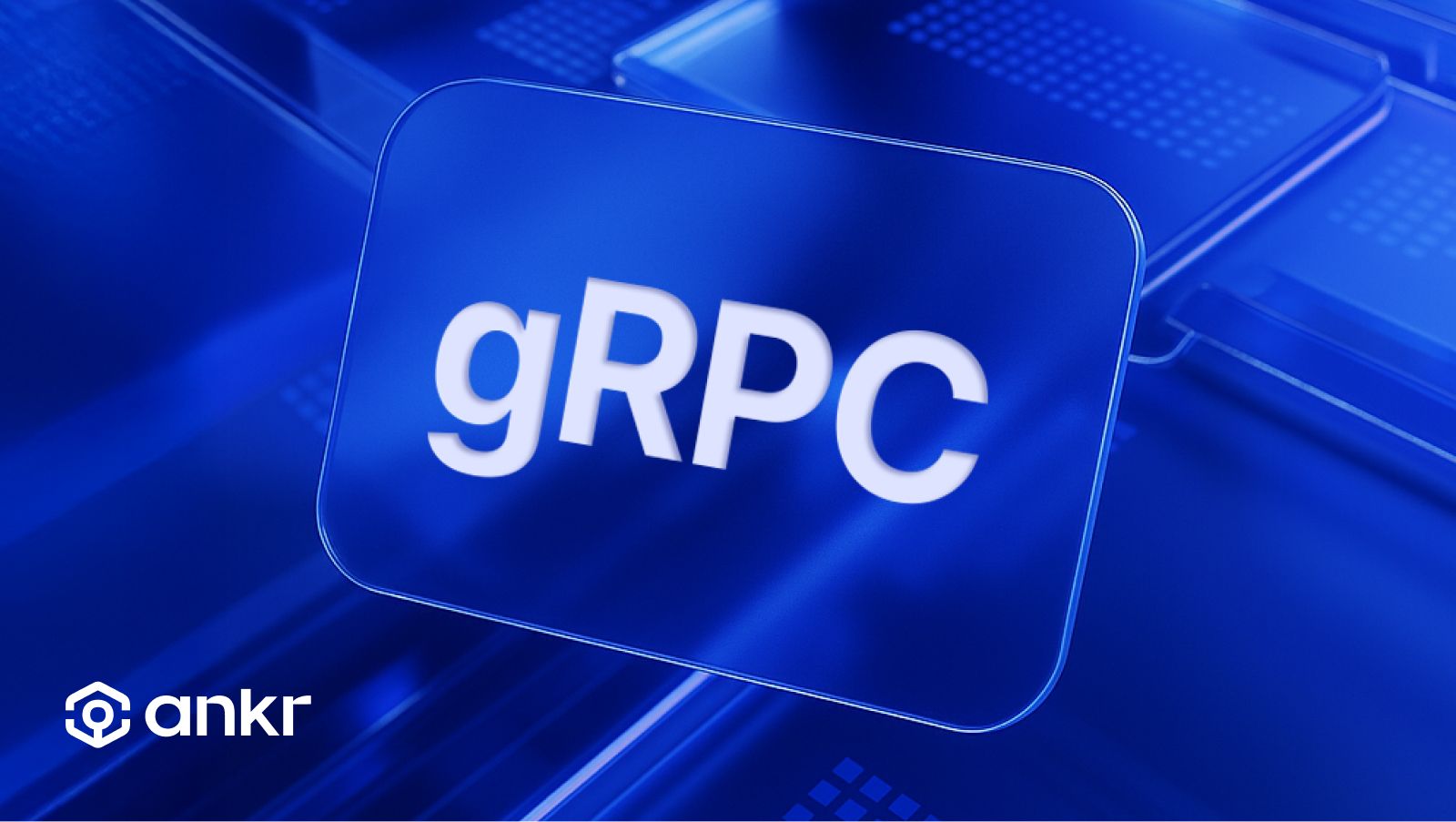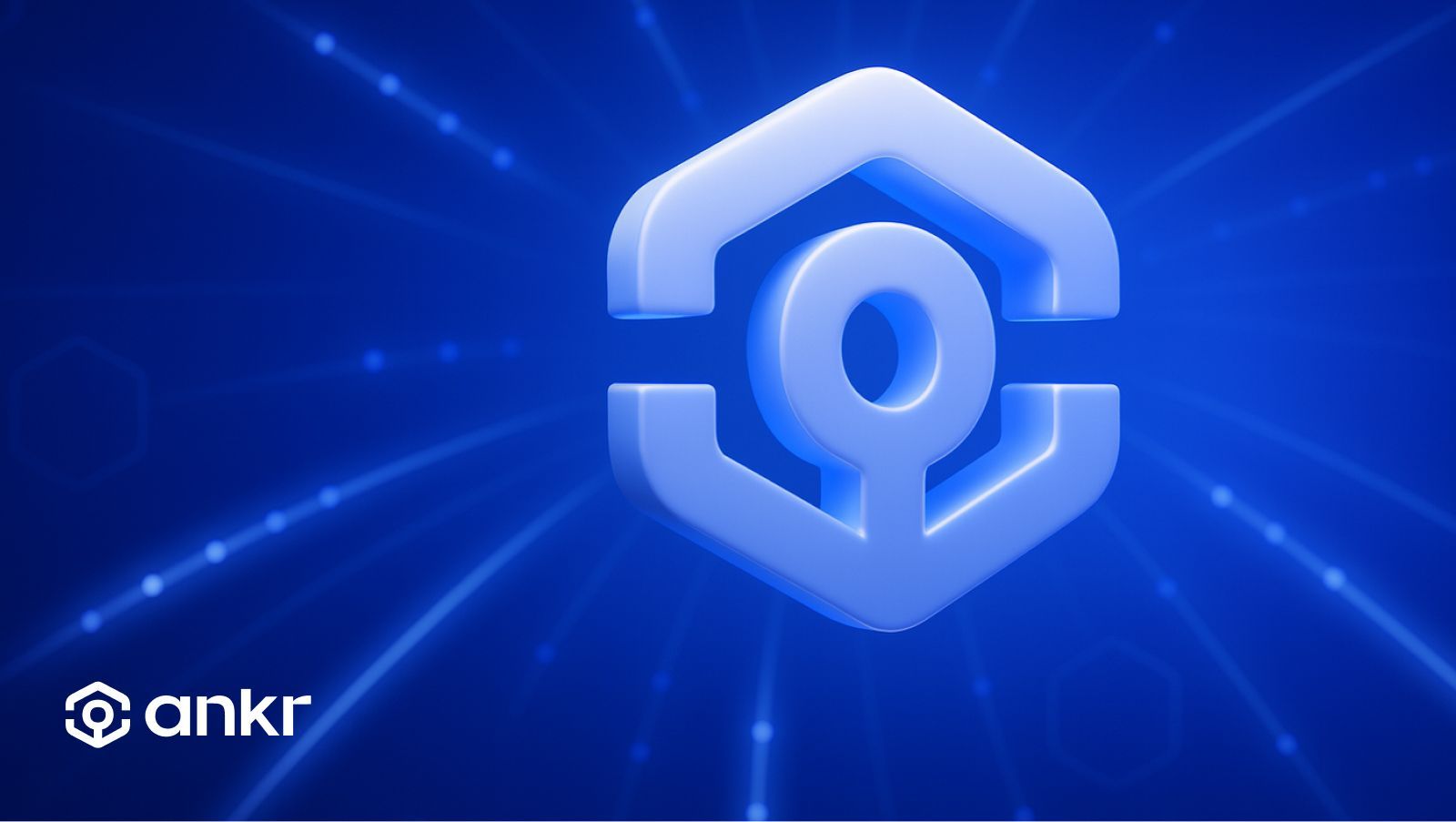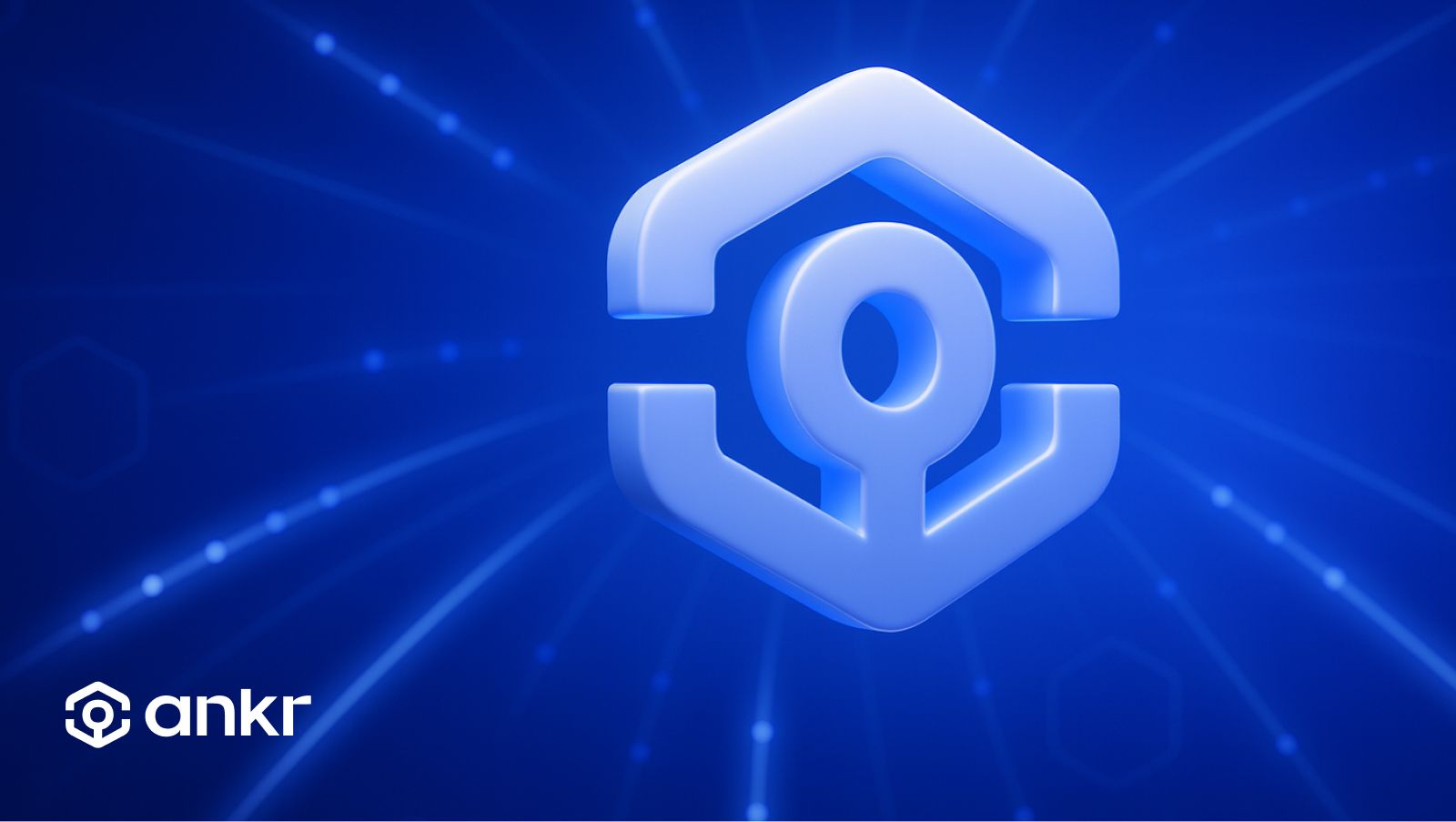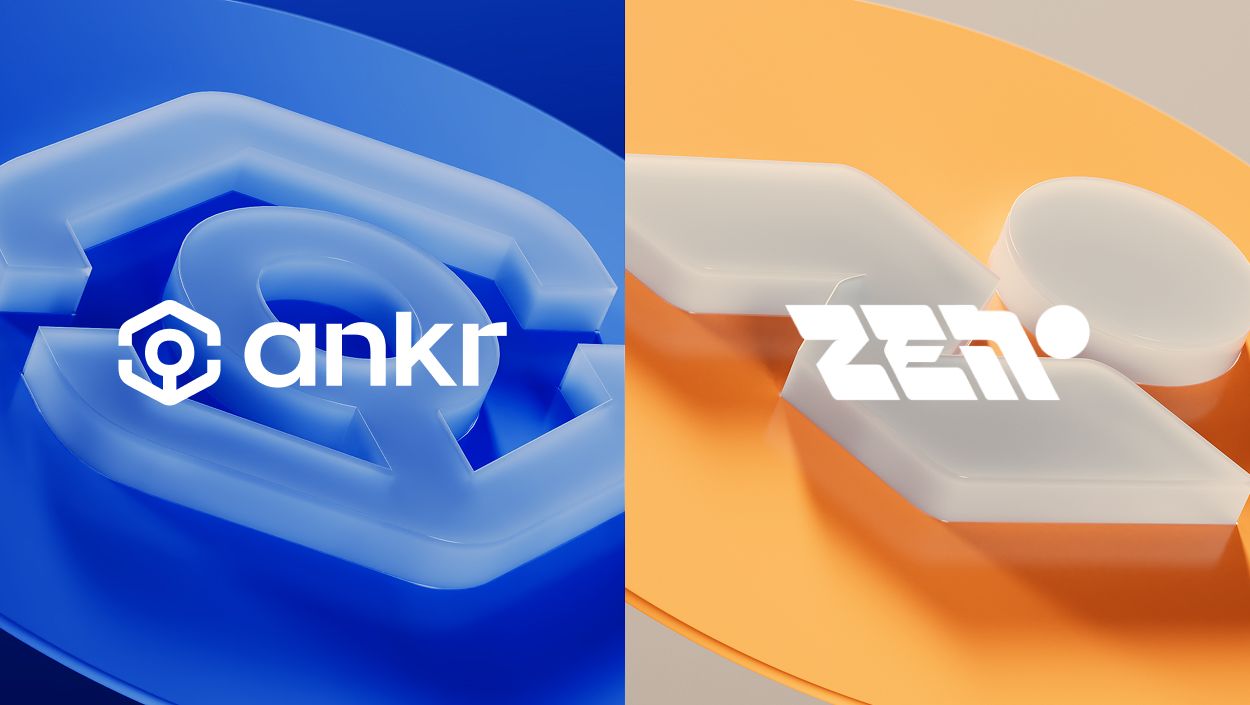Meet gRPC: A Faster Path to Blockchain Data on Ankr

November 19, 2025
3 min read

Ankr is expanding the Web3 API platform with gRPC support for Premium users, giving developers a faster, more efficient, and more scalable way to interact with blockchain data. This addition joins existing RPC and REST access, offering a new performance tier for applications that rely on rapid and stable data delivery.
Developers can now use gRPC on the following networks:
- Sei
- Sui
- TAC Tendermint Mainnet
- TAC SPB Tendermint Testnet
- Kava
- Allora Testnet
This rollout provides a major upgrade for builders who need high throughput, real time updates, and low latency communication with blockchain nodes. gRPC is widely used in high performance Web2 systems, and it now brings that same level of capability into the Web3 ecosystem through Ankr.
Why gRPC Matters
Traditional HTTPS and WebSocket endpoints remain useful for many Web3 applications, but performance needs have grown. Trading bots, indexers, real time dashboards, and analytics systems often rely on heavy data flows and millisecond level response times. gRPC answers these needs through its binary encoding, persistent connections, and streaming support.
Key Benefits of gRPC in Ankr's Web3 API Service
Higher Performance: gRPC uses Protocol Buffers to keep payloads small and lightweight. Its use of HTTP/2 allows multiple calls to run over a single connection, improving speed and stability. This benefits applications that monitor fast moving blockchain data such as mempool activity, validator messages, or rapid transaction flows.
Streaming Capabilities: gRPC supports both server streaming and bidirectional streaming. This means block updates, logs, and events can be delivered continuously without repeated client requests. For developers building subscription style features such as new block tracking or transaction monitoring, gRPC provides a cleaner and more efficient pipeline than REST or RPC.
Strong Typing and Contract First Development: Every gRPC method and data type is defined in a .proto file. Client and server code can be automatically generated in languages such as Go, Rust, Python, and JavaScript. This ensures consistent structures, fewer integration issues, and a clear schema that developers can rely on.
Lower Latency and Reduced Bandwidth Usage: Binary serialization creates significantly smaller data payloads. Combined with persistent connections, this results in faster and more predictable performance. For high frequency applications, lower overhead translates directly into better responsiveness and reduced infrastructure load.
Backward Compatibility: Protocol Buffers are designed for backward and forward compatibility. When Ankr updates or expands its gRPC services, existing clients will continue to function. Unknown fields are safely ignored rather than causing failures. This creates a stable integration layer that remains reliable as networks evolve and as Ankr adds new capabilities.
Simple and Cost Effective Access: gRPC support in Ankr Web3 API is available to Premium plan users at a very low entry cost. Pricing is set at only $0.5 USD per gigabyte of gRPC traffic with a pay as you go model and a minimum deposit of just $10 USD. There are no large commitments or long term contracts. Developers can start small, measure performance improvements, and scale when ready.
Choosing the Right Endpoint Type
Each access method continues to serve a useful purpose.
HTTPS remains a familiar and easy choice for simple or occasional queries.
WebSocket works well for event based updates and traditional subscription approaches.
gRPC is the best option for high throughput workloads, continuous data streams, and applications where low latency is essential.
Getting Started
Premium users can log in to the Ankr Web3 API dashboard, create or select a project, and view the new gRPC endpoints in the network settings. Documentation includes example integrations, .proto references, and setup instructions for multiple languages.
Looking Ahead
The addition of gRPC marks another step in Ankr’s mission to deliver fast, reliable, and developer focused Web3 infrastructure. More networks, optimizations, and tools will continue to expand the platform to support builders at every scale.
Join the Conversation on Our Channels!
X | Telegram | Substack | Discord | YouTube | LinkedIn | Reddit | All Links






